In the 1960s, the album evolved from a mere collection of singles to an art form in its own right. Across America and beyond, certain records found their way into virtually every home with a turntable, becoming cultural touchstones that defined the decade. These weren’t just recordings—they were shared experiences, conversation starters, and declarations of identity displayed prominently on living room shelves. While musical tastes varied wildly during this revolutionary decade, from folk to psychedelia to Motown, some albums transcended genre preferences to become nearly universal possessions. Here are twelve albums that everyone seemed to own in the 1960s, the vinyl that united a generation.
1. The Beatles – “Sgt. Pepper’s Lonely Hearts Club Band” (1967)
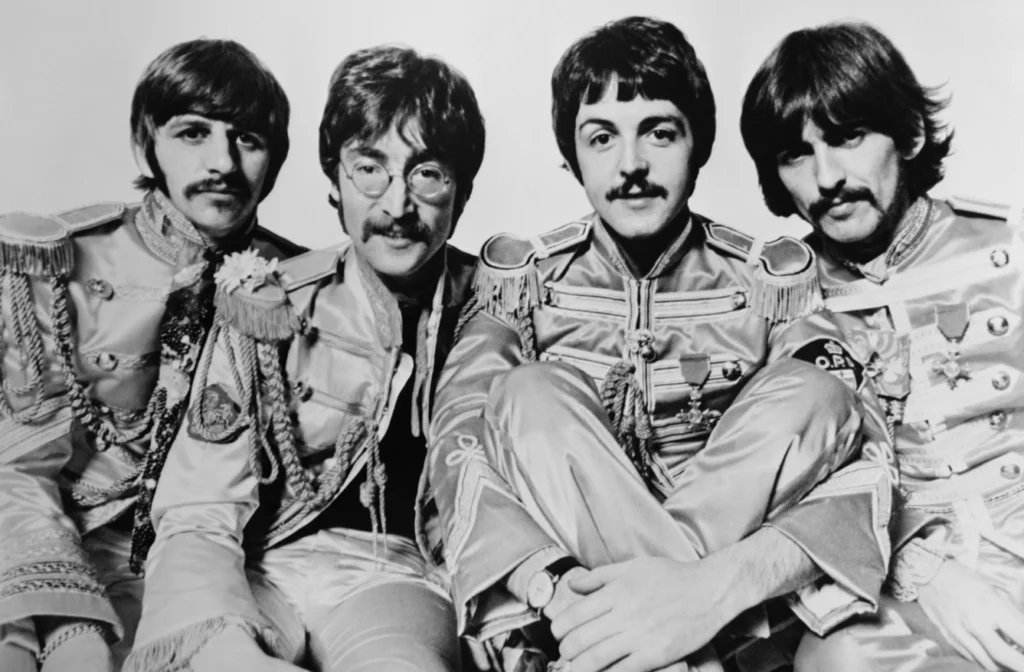
When the Beatles released “Sgt. Pepper’s Lonely Hearts Club Band,” it wasn’t just a new album—it was a cultural event that redefined what popular music could be. With its elaborate Peter Blake-designed cover featuring dozens of cultural icons, the record became as much a visual statement as a musical one, often displayed like artwork in homes across America and beyond. The album’s experimental production techniques, orchestral arrangements, and conceptual approach transformed the boundaries of rock music, inspiring countless artists to view the studio itself as an instrument. For those who want to spark some more melodious memories, The Rolling Stone dove into the story behind each song, granting newfound meaning to every track.
Parents might have been mystified by “Lucy in the Sky with Diamonds” or “A Day in the Life,” but they couldn’t escape the album’s ubiquity as their teenagers played it repeatedly on family stereos. The album spent 15 weeks at number one in the United States and won four Grammy Awards, including Album of the Year—the first rock album to receive this honor. More than just a commercial success, “Sgt. Pepper” represented a moment when popular music achieved recognition as a legitimate art form, making it an essential purchase for anyone who wanted to participate in the cultural conversation of 1967.
2. Simon & Garfunkel – “Bridge Over Troubled Water” (1970)
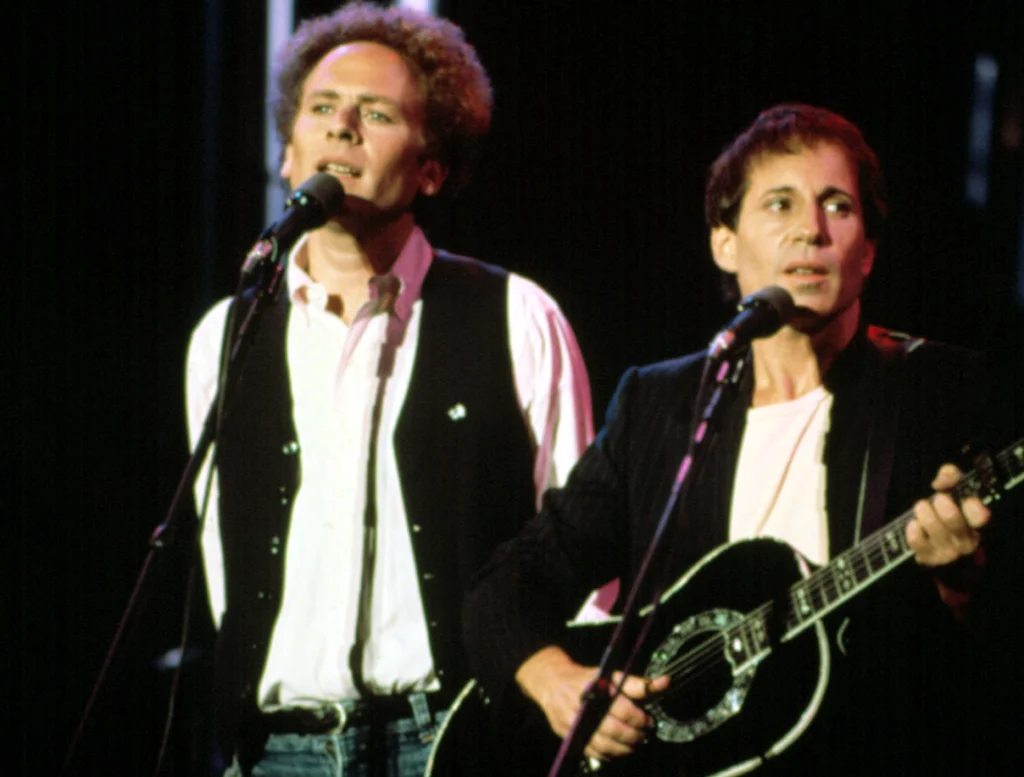
Released in January 1970 (technically squeaking into our decade), Simon & Garfunkel’s fifth and final studio album became the soundtrack for America’s transition from the idealistic ’60s to the more complicated ’70s. The title track, with its gospel-influenced piano and soaring vocal from Art Garfunkel, offered comfort during a tumultuous time of ongoing war in Vietnam and domestic unrest. The album’s perfect balance of folk traditions and contemporary production made it accessible to listeners across generations and musical preferences. Biography traces the many ups and downs of the band, specifically the relationships between each member, making it even more remarkable to witness such fantastic content from such conflict.
The record dominated the Billboard charts for ten weeks and won six Grammy Awards, including Album of the Year, Record of the Year, and Song of the Year. With hits like “The Boxer,” “Cecilia,” and “El Condor Pasa (If I Could),” the album offered something for everyone—political commentary, joyful rhythms, and emotional depth that resonated with college students and their parents alike. Even as the duo was splitting apart personally and professionally, they created a masterpiece that seemed to find its way into every record collection in America, becoming the best-selling album of 1970.
3. The Beach Boys – “Pet Sounds” (1966)

Though initially overshadowed commercially by the band’s earlier surf-themed hits, “Pet Sounds” gradually achieved recognition as one of the most influential albums ever created. Brian Wilson’s response to the Beatles’ “Rubber Soul,” this deeply personal song cycle featured unprecedented production complexity and emotional vulnerability that wasn’t immediately embraced by American audiences. However, its reputation spread through musicians and serious listeners, making it an essential acquisition for anyone with pretensions of musical sophistication. Discogs reports that this actually received a lukewarm reception upon release, yet found its way to becoming an enduring classic.
The album’s innovative use of unusual instruments—bicycle bells, Coca-Cola cans, dog whistles, and theremins—alongside traditional orchestration created a lush soundscape unlike anything heard before in popular music. Songs like “Wouldn’t It Be Nice,” “God Only Knows,” and “Caroline, No” moved beyond simple teen concerns to explore adult themes of longing, commitment, and loss. Though it would take decades for “Pet Sounds” to achieve universal recognition (reaching #2 in the UK but only #10 in the US), it became one of those albums that people claimed to have discovered in real time, with record collections retroactively including this masterpiece as its importance grew.
4. Carole King – “Tapestry” (1971)
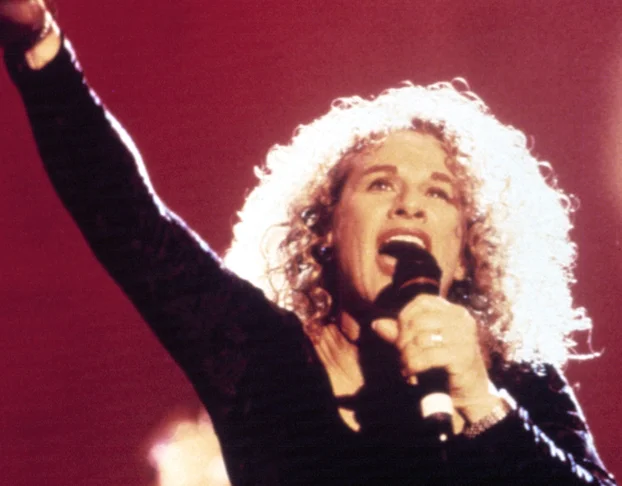
Though released in 1971, “Tapestry” represents the culmination of Carole King’s 1960s songwriting expertise and the dawning of the singer-songwriter era that would define the new decade. This unpretentious collection of perfectly crafted songs spoke directly to listeners with its themes of friendship, romance, and self-discovery, accompanied by King’s warm piano and unvarnished vocals. The album’s iconic cover, showing King and her cat in her Laurel Canyon home, projected an authenticity that resonated deeply during a time when artifice was being rejected.
“Tapestry” spent 15 consecutive weeks at #1 and remained on the charts for over six years, selling more than 25 million copies worldwide. The album’s massive commercial success was matched by critical acclaim, winning four Grammy Awards including Album of the Year and spawning enduring classics like “It’s Too Late,” “I Feel the Earth Move,” and “You’ve Got a Friend.” Found in the collections of rock fans, their parents, and particularly among young women who heard their own experiences reflected in King’s lyrics, “Tapestry” became one of those rare albums that seemed to speak to everyone, regardless of age or background.
5. Bob Dylan – “Highway 61 Revisited” (1965)
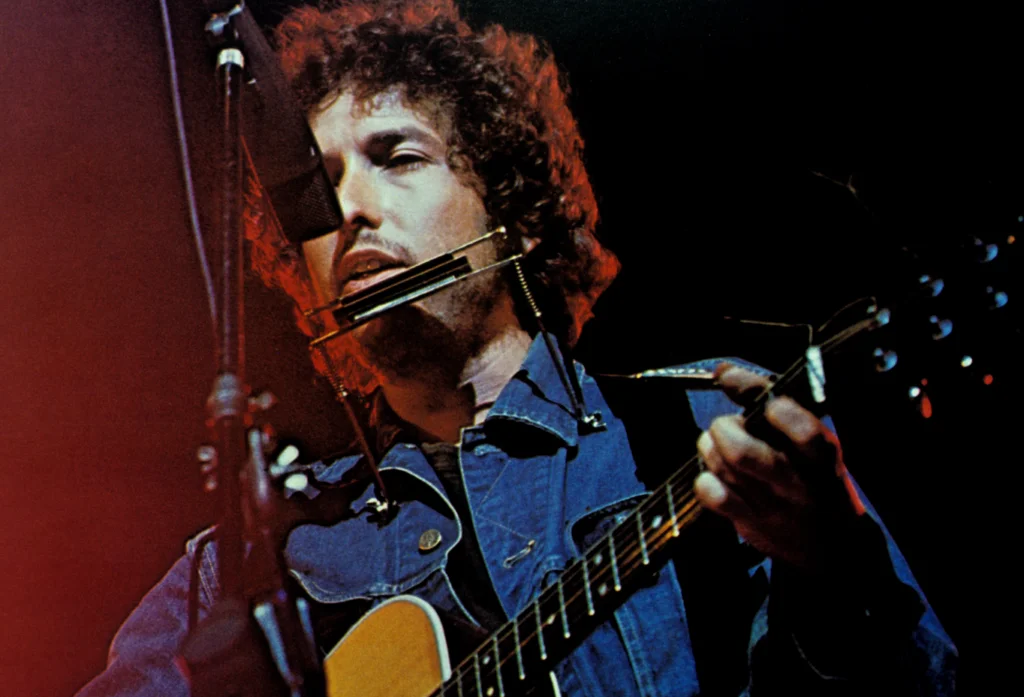
When Bob Dylan plugged in at the Newport Folk Festival in July 1965, he signaled a seismic shift in popular music that was fully realized on “Highway 61 Revisited” a month later. The album’s opening track, “Like a Rolling Stone,” with its confrontational lyrics and revolutionary six-minute length, changed the rules of popular songwriting overnight. Dylan’s snarling delivery, backed by Michael Bloomfield’s electric guitar and Al Kooper’s distinctive organ, created a sound as provocative as the lyrics themselves.
Though Dylan’s transition from folk prophet to rock innovator alienated some of his original audience, the album’s poetic complexity and musical intensity attracted a much wider following. Songs like “Ballad of a Thin Man,” “Desolation Row,” and the title track combined surrealist imagery with savage social commentary, providing endless material for dorm room analysis and cultural debate. As one of the first rock albums to be taken seriously as literature, “Highway 61 Revisited” became required listening for anyone who considered themselves intellectually engaged with the rapidly evolving counterculture.
6. The Jimi Hendrix Experience – “Are You Experienced” (1967)

Jimi Hendrix redefined the possibilities of the electric guitar with his debut album, creating sounds that seemed to come from another dimension. From the psychedelic backwards guitar on “Are You Experienced?” to the controlled feedback of “Purple Haze” and the tender balladry of “The Wind Cries Mary,” Hendrix demonstrated a virtuosity and sonic imagination that was simultaneously accessible and avant-garde. The album’s colorful, distorted portrait of the band perfectly captured the psychedelic era’s visual aesthetic, making it as distinctive on the shelf as it was on the turntable.
Initially more successful in the UK than in Hendrix’s native United States, word of mouth about his incendiary live performances eventually drove American sales, particularly after his star-making appearance at the Monterey Pop Festival. The album became a badge of hipness—owning it signaled that you were tuned into the most exciting developments in contemporary music. Even listeners who typically preferred gentler sounds couldn’t ignore Hendrix’s revolutionary approach, making “Are You Experienced” one of those boundary-crossing albums that appeared in collections alongside Frank Sinatra and Herb Alpert records in suburban living rooms across America.
7. The Mamas & the Papas – “If You Can Believe Your Eyes and Ears” (1966)
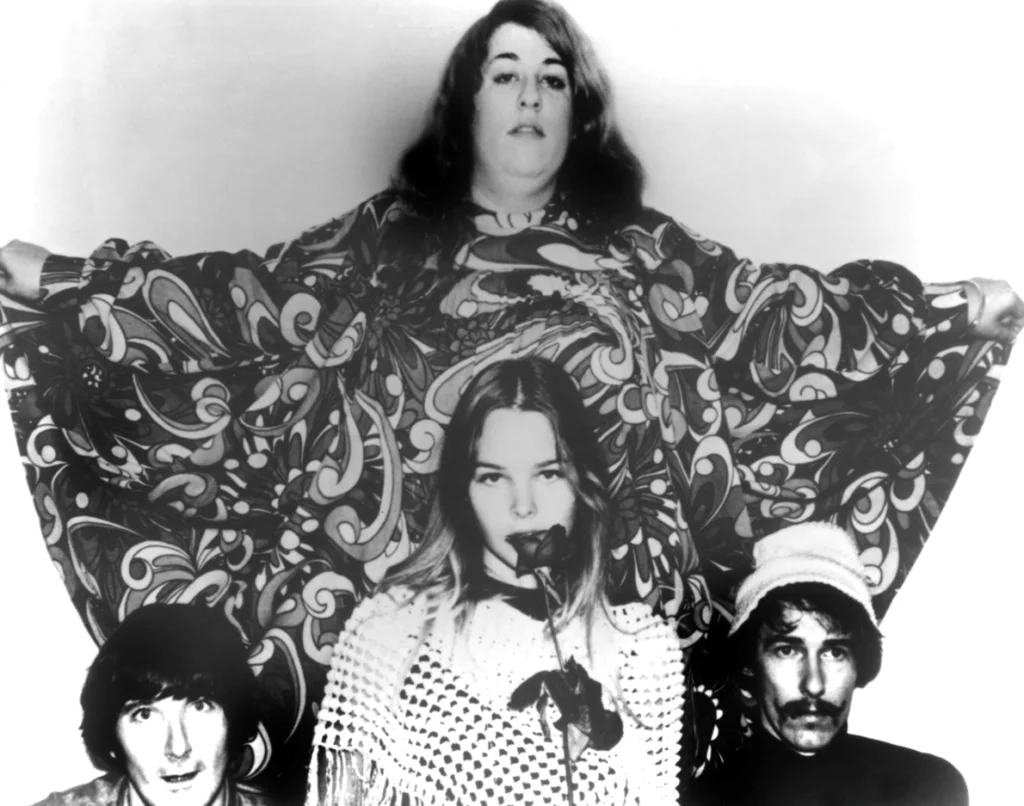
With their sunshine harmonies and California dream imagery, The Mamas & the Papas created a sound that epitomized mid-’60s optimism while hinting at the darker currents beneath the surface. Their debut album, featuring the breakthrough hit “California Dreamin’,” captured the West Coast aesthetic that seemed so exotic and appealing to the rest of America during the height of the folk-rock movement. The cover image—showing the band in a bathtub with a toilet visible (which was soon censored)—added a touch of controversy to this otherwise radio-friendly collection.
The group’s impeccable vocal blend, combining John Phillips’ sophisticated arrangements with Denny Doherty’s lead tenor, Michelle Phillips’ clear soprano, and Cass Elliot’s rich contralto, created a distinctive sound that cut through the increasingly crowded airwaves of 1966. Songs like “Monday, Monday,” which won a Grammy Award, and “Go Where You Wanna Go” balanced commercial appeal with artistic credibility, making the album accessible to both casual listeners and more discriminating audiophiles. The record’s warm production and seamless sequencing made it perfect for soundtrack duties at countless dinner parties and social gatherings throughout the latter half of the decade.
8. The Rolling Stones – “Let It Bleed” (1969)
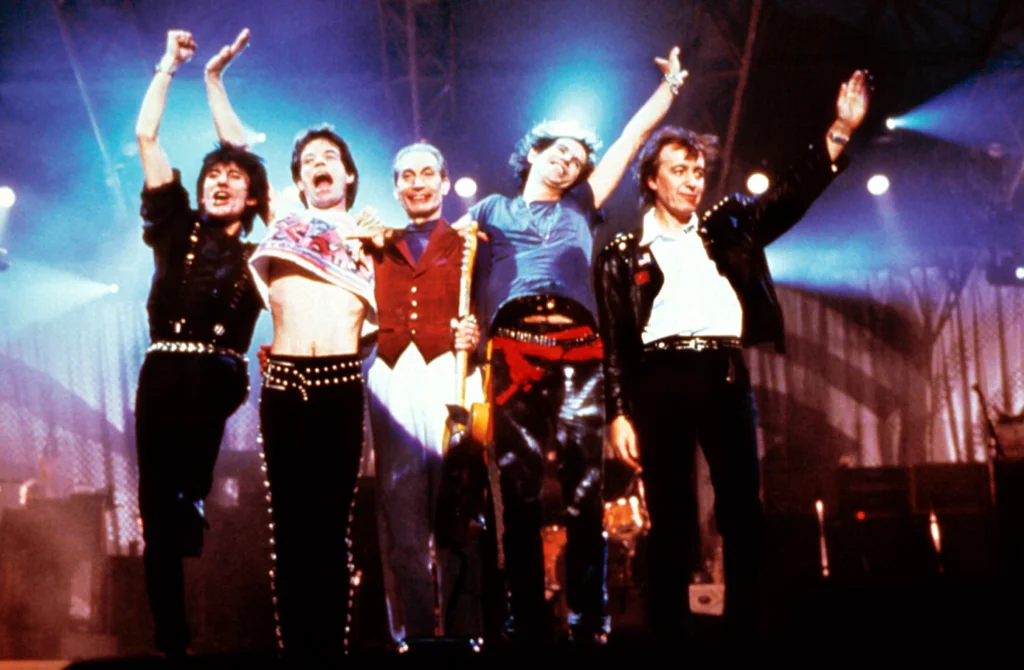
As the idealism of the ’60s gave way to the violence and disillusionment symbolized by Altamont, the Rolling Stones provided the perfect soundtrack with “Let It Bleed.” Opening with “Gimme Shelter” and its apocalyptic warnings of rape, murder, and war “just a shot away,” the album confronted the darker realities that the decade’s end was revealing. Yet the Stones balanced this bleakness with humor, sexuality, and musical virtuosity that made the medicine go down easier, creating a record that captured the contradictions of its time.
The album’s cover art featured a surreal cake created by a young cooking student named Delia Smith (who later became a famous British TV chef), topped with figurines of the band and various objects—a visual representation of the album’s mix of decadence and doom. Along with classics like “You Can’t Always Get What You Want” (featuring the London Bach Choir) and a menacing cover of Robert Johnson’s “Love in Vain,” the album showcased the band at their creative peak. Released a month after the Beatles’ “Abbey Road,” “Let It Bleed” offered a grittier, more cynical version of rock supremacy, appealing to those who found the Fab Four too polite or precious.
9. Aretha Franklin – “I Never Loved a Man the Way I Love You” (1967)
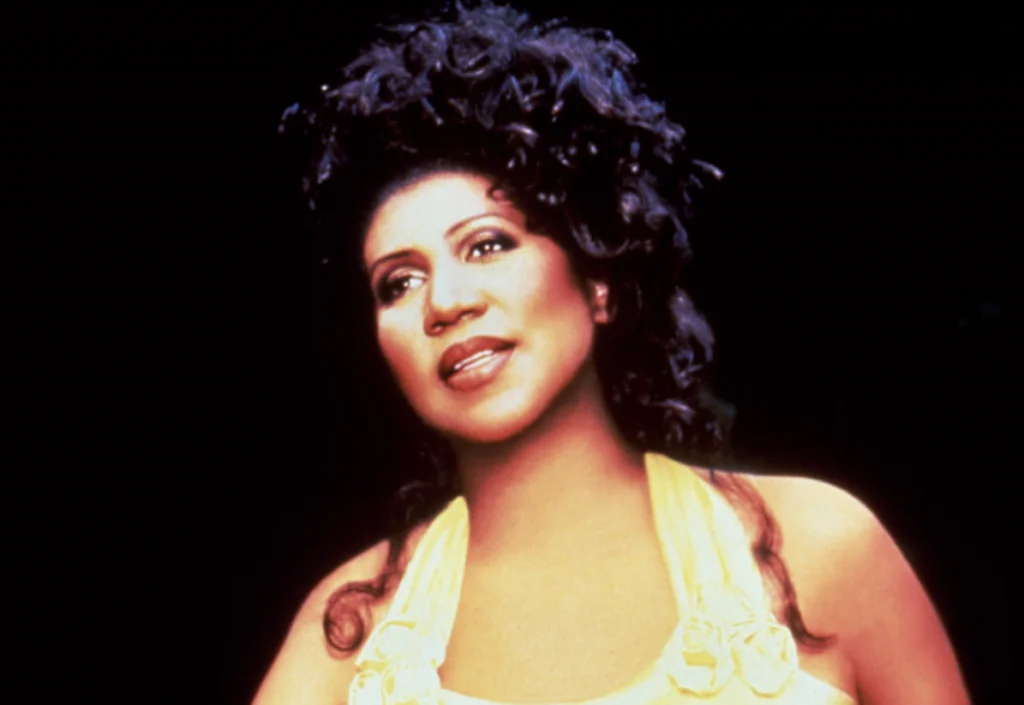
When Aretha Franklin signed with Atlantic Records after years of being mishandled at Columbia, the result was an explosion of soul power that changed American music forever. Her first album for the label, “I Never Loved a Man the Way I Love You,” announced a new force in popular music with its raw emotional intensity and flawless musicality. The album’s first single, “Respect,” transformed Otis Redding’s original into a declaration of independence that resonated far beyond its romantic context, becoming an anthem for the civil rights and women’s movements.
The record’s perfect balance of gospel fervor and R&B grit, backed by the legendary Muscle Shoals Rhythm Section and Memphis Horns, created a template for soul music that countless artists would follow. Franklin’s piano playing, often overlooked in discussions of her vocal prowess, added another layer of musical sophistication to tracks like “Dr. Feelgood” and “Do Right Woman, Do Right Man.” The album crossed over from the R&B charts to mainstream success, introducing many white listeners to authentic soul music and making it a staple in racially diverse record collections during a time of pronounced social division.
10. The Doors – “The Doors” (1967)
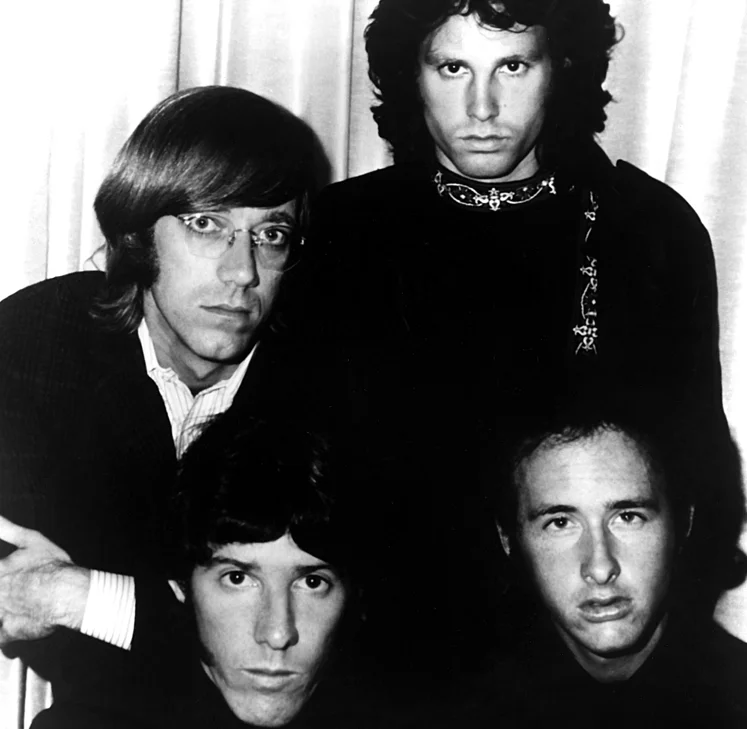
Few debut albums announced a band’s complete artistic vision as definitively as the Doors’ self-titled first release. Jim Morrison’s Dionysian persona, Ray Manzarek’s classical-meets-carnival keyboard work, Robby Krieger’s flamenco-influenced guitar, and John Densmore’s jazz-inflected drumming created a sound unlike anything in rock music at the time. The album’s breakthrough hit, “Light My Fire,” particularly in its full album version, showcased the band’s ability to combine commercial appeal with extended instrumental improvisation.
The album’s eerie closer, “The End,” with its Oedipal climax and hypnotic arrangement, pushed the boundaries of what could be included on a mainstream rock release. While too intense for some listeners, the album’s literary aspirations and theatrical darkness captivated a generation of college students who saw in Morrison a poetic voice for their own explorations of consciousness and rebellion. The striking cover image of Morrison and his bandmates against a black background became instantly iconic, making the album visually distinctive in record stores and on dorm room walls across America.
11. The Monkees – “The Monkees” (1966)

Initially created as a soundtrack for a television show, the Monkees’ debut album transcended its origins to become one of the best-selling records of the 1960s. Despite criticism of the band as a “manufactured” Beatles imitation, the album featured genuine pop craftsmanship from some of the era’s finest songwriters, including Neil Diamond, Carole King, and Gerry Goffin. Songs like “Last Train to Clarksville” and “I’m a Believer” combined catchy melodies with subtle anti-war messages and relationship insights that resonated with listeners beyond the band’s teenage fan base.
The album’s success—it spent 13 weeks at #1 and sold over five million copies—made it a fixture in households with young children and teenagers who had been introduced to the band through their weekly television series. Even parents who normally avoided rock music found the Monkees’ clean-cut image and melodic approach accessible, making their albums among the most widely owned across demographic lines. Though initially dismissed by rock critics, the quality of the songwriting and production has led to retrospective appreciation of these records as prime examples of mid-’60s pop craftsmanship.
12. Herb Alpert & The Tijuana Brass – “Whipped Cream & Other Delights” (1965)
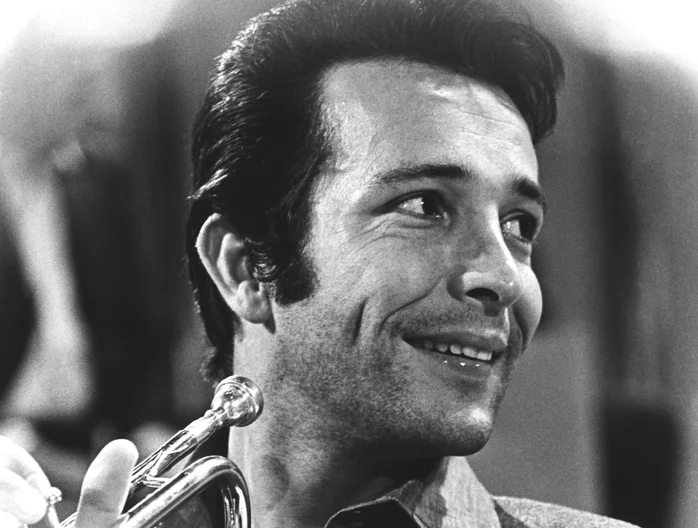
With its provocative cover featuring model Dolores Erickson seemingly covered only in whipped cream, “Whipped Cream & Other Delights” became a talking point in millions of American homes, often purchased as much for its sleeve as its content. The album’s bright, brass-heavy instrumentals provided perfect background music for suburban dinner parties and cocktail hours, with track titles like “Lollipops and Roses” and “Peanuts” maintaining the food theme established by the cover. Alpert’s distinctive trumpet playing and the album’s lighthearted mood offered an accessible entry point to jazz-influenced pop for listeners intimidated by more complex forms.
The album spent eight weeks at #1 and ultimately sold over six million copies, becoming a staple in record collections otherwise dominated by vocal pop and rock music. Its ubiquity was such that it became a visual shorthand in film and television for middle-class American tastes of the period. While rock historians often overlook Alpert’s contributions, the Tijuana Brass created a signature sound that dominated easy listening music for years and influenced advertising jingles, film scores, and television themes throughout the 1960s and beyond.
The remarkable diversity of these twelve albums—from psychedelic rock to soul, folk-rock to easy listening—reflects the extraordinary creative explosion that defined 1960s music. What united these records was their cultural penetration; they transcended their status as mere entertainment to become shared references in American life. Whether displayed prominently on living room shelves, discussed in coffee shops, or analyzed in college dorms, these albums provided the soundtrack for a transformative decade. Their continued influence on contemporary musicians and ongoing popularity with new generations of listeners testifies to their artistic merit and cultural significance beyond mere nostalgia.


